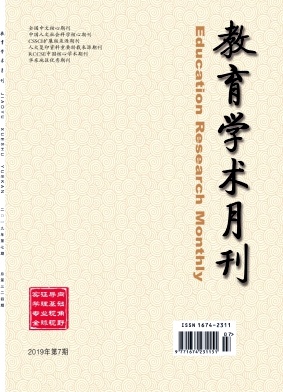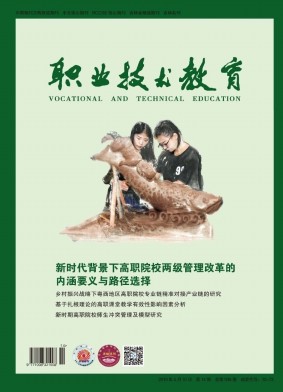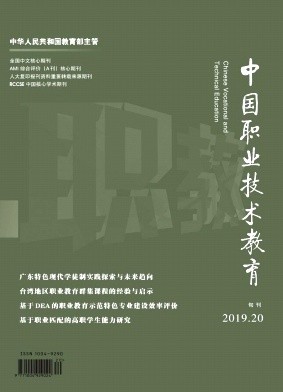摘要 本文从经济增长的黄金律和空间均衡出发,指出了中国经济存在的结构性扭曲和空间错配问题。过度依赖投资曾经导致中国经济在2008年之前的短期高增长,但也造成了结构性扭曲,成为2008年之后经济增长速度逐步下降的原因。因此,中国经济近二十年的增长与波动不是通常市场经济下的经济周期。与此同时,2003年之后一些区域发展政策虽然发挥了缩小区域间差距的作用,但也导致了严重的空间资源错配。本文指出,地方政府追求的只是局部的短期的增长,而不是全局的长期的增长。未来中国需要通过改革来纠正扭曲和释放制度红利。 This article starts from the golden rule and spatial equilibrium to point out the problem of structural distortion and spatial misallocation in C.hina.The country’s excessive reliance on investment once led to the short-term high growth of China’s economy before 2008,but it also caused structural distortion,which resulted in the gradual decline of economic growth rate after 2008.Therefore,the growth and fluctuation of China’s economy in the past 20 years is not the business cycle under a normal market economy.Meanwhile,some regional development policies after 2003 have played a role in narrowing regional disparity,but they also led to serious spatial misallocation of resources.In particular,this article points out that the local government pursues only short-term growth of local economy,not the overall longterm growth.In the future,China needs to correct distortions through reform and unleashing of institutional dividends.
机构地区 上海交通大学安泰经济与管理学院
出处 《国际经济评论》 CSSCI 北大核心 2020年第6期22-38,4,共18页 International Economic Review
基金 招商局慈善基金会 国家自然科学基金(71834005、72073094)的资助。
分类号 F12 [经济管理—世界经济]




